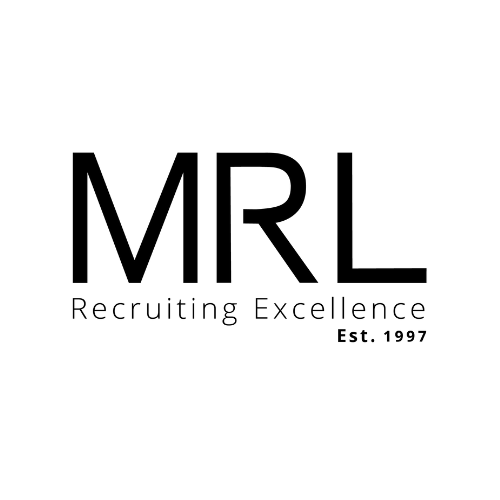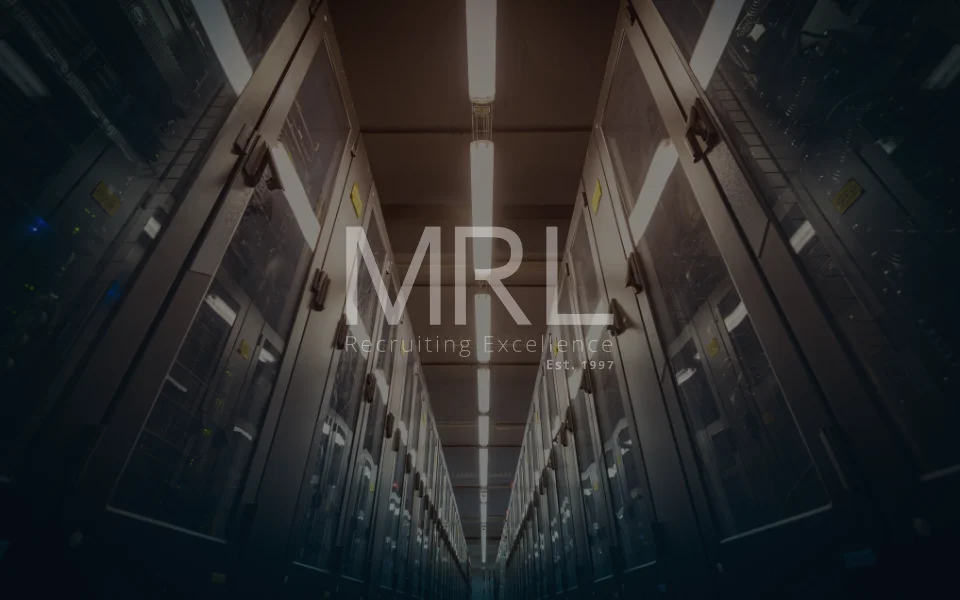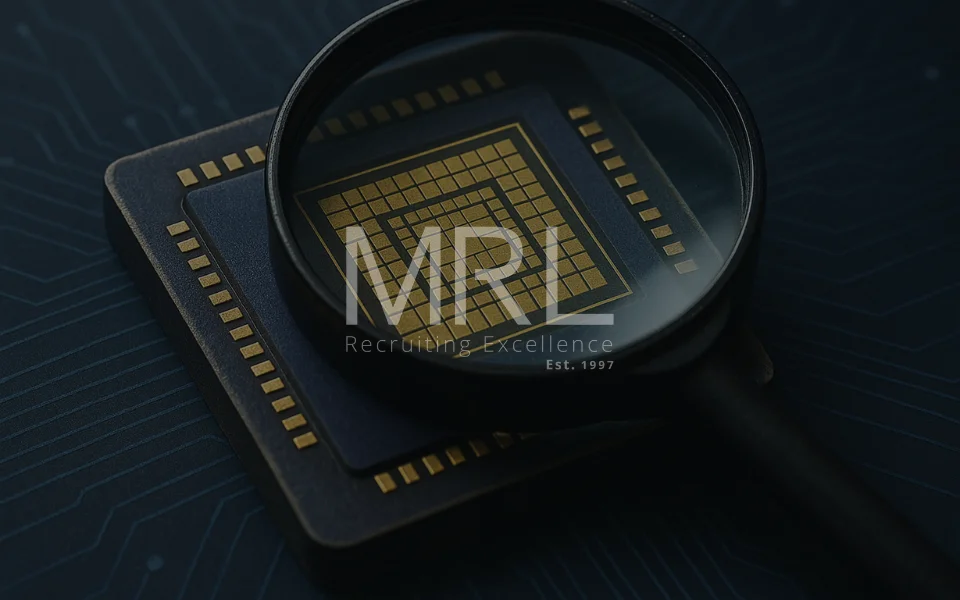Which semiconductor companies are spearheading AI innovation?
19 Oct, 20255 MinutesThe AI Boom is a Semiconductor StoryAI breakthroughs may make headlines, but behind every mo...

The AI Boom is a Semiconductor Story
AI breakthroughs may make headlines, but behind every model, there’s hardware. From GPUs and TPUs to advanced packaging and EUV lithography, semiconductors enable the computational horsepower that makes modern AI possible. The companies driving innovation in AI span every layer of the value chain from design and IP to fabrication, memory, and manufacturing equipment, so what semiconductor companies are really spearheading AI innovation?
Chip Designers: The Brains Behind AI Acceleration
When it comes to AI workloads, NVIDIA remains the undisputed leader. Its GPUs dominate both training and inference applications, while its CUDA software ecosystem has become the default standard for AI developers. NVIDIA’s success lies not only in raw performance but in its vertically integrated approach, combining silicon, networking (via Mellanox), and full-stack software optimisation.
AMD has become a serious challenger, offering the MI300 series accelerators and leveraging its CPU-GPU synergy through EPYC processors. Its open-source ROCm platform positions AMD as the choice for organisations seeking flexibility outside the NVIDIA ecosystem.
Meanwhile, Google has pioneered in-house chip design with its TPUs, tailored specifically for deep learning workloads across its data centres, driving massive efficiency gains in model training and inference.
Also notable: Intel (Gaudi accelerators, Habana Labs), Apple (Neural Engine), Qualcomm (AI at the edge), and Broadcom/Marvell (AI networking silicon).
IP and EDA: Where AI Chips Begin
Before fabrication comes design, and that’s where intellectual property (IP) and electronic design automation (EDA) leaders come in. Arm sits at the heart of this stage, licensing architectures that power nearly all smartphones and an increasing number of edge AI devices. Its Neoverse and Ethos NPUs bring AI acceleration directly to power-efficient environments.
Synopsys and Cadence are the unsung heroes of the semiconductor revolution. Their design tools enable chipmakers to simulate, verify, and optimise billions of transistors before a single wafer is produced. Both are now integrating AI into their own EDA workflows, accelerating chip design through generative algorithms that shorten development cycles.
Also notable: Siemens EDA, Ansys, Imagination Technologies.
Foundries: The Powerhouses of Fabrication
No matter how advanced the design, it takes a world-class foundry to bring it to life. TSMC remains the industry’s cornerstone, manufacturing most of the world’s leading AI chips, including those designed by NVIDIA, AMD, and Apple. Its cutting-edge 3 nm and soon-to-launch 2 nm processes push the limits of transistor density and energy efficiency, critical for AI workloads.
Samsung Foundry competes head-to-head, advancing its Gate-All-Around transistor technology and investing heavily in high-bandwidth memory integration. Samsung’s dual role as both chip designer and manufacturer gives it a unique advantage in the AI race.
Intel Foundry is rebuilding its foundry business to reclaim a share of the advanced manufacturing market, offering novel packaging solutions such as Foveros and EMIB that enable chiplet-based architectures, key to AI scalability.
Also notable: GlobalFoundries, UMC, SMIC (China).
Memory and Storage: Feeding the Models
AI performance is increasingly limited not by compute power but by memory bandwidth. SK hynix has emerged as a critical supplier of High Bandwidth Memory (HBM), the ultra-fast DRAM technology used in AI accelerators like NVIDIA’s H100. HBM allows models to access data at speeds unimaginable just a few years ago.
Micron is also investing heavily in AI-optimised memory, developing LPDDR and GDDR solutions to improve power efficiency and throughput in both data-centre and edge environments. Samsung, meanwhile, continues to dominate the DRAM and NAND markets, ensuring secure and diversified supply chains.
Also notable: Kioxia, Western Digital.
Equipment and Materials: Building the Future of Fabrication
Behind every chip is an array of highly specialised machinery. ASML is perhaps the most strategically important company in the semiconductor world. Its extreme ultraviolet (EUV) lithography systems are the only machines capable of etching features small enough for advanced AI chips. Without ASML, there is no leading-edge silicon.
Applied Materials and Lam Research provide the deposition, etch, and process tools required to build transistors and interconnects layer by layer, while KLA delivers the inspection and metrology equipment that ensures microscopic precision and high yield. Together, they form the backbone of semiconductor manufacturing infrastructure.
Also notable: Tokyo Electron, ASM International, SCREEN Holdings.
Packaging and Interconnects: Scaling AI Systems
The AI era demands not only powerful chips but efficient communication between them. TSMC has led the way in CoWoS and SoIC advanced packaging, which stack and link multiple chips to form unified, high-bandwidth systems. These technologies are vital for AI training clusters, where thousands of GPUs must exchange data in real time.
ASE Group and Amkor play crucial roles as outsourced semiconductor assembly and test (OSAT) providers. Their innovations in 2.5D/3D integration and chiplet interconnects enable faster communication with lower power consumption, essential for scaling AI infrastructure.
Also notable: JCET, Intel’s packaging division, Samsung Advanced Packaging.
Europe and the UK: Strategic Niche Players
While the UK and Europe do not yet compete with Asia or the US in large-scale fabrication, they play a crucial role in the semiconductor supply chain. Arm continues to define global compute IP from its Cambridge base. IQE, headquartered in Wales, leads in compound semiconductor materials used in RF and photonics, vital for AI at the edge and in high-speed communications.
Across Europe, companies like STMicroelectronics and Infineon are innovating in power electronics, sensors, and automotive AI systems, strengthening regional resilience and diversifying global supply chains.
Also notable: Imagination Technologies, GlobalFoundries Dresden, NXP, Soitec.
The Global AI Hardware Race
AI’s next chapter will be defined as much by chip design and manufacturing as by software. The ability to innovate at the intersection of architecture, materials, and system integration will separate leaders from laggards.
At MRL Consulting Group, we see these dynamics firsthand, supporting the world’s most advanced semiconductor companies as they scale R&D teams, build fabs, and attract scarce engineering talent. The semiconductor supply chain is not just enabling AI innovation; it is AI innovation.





